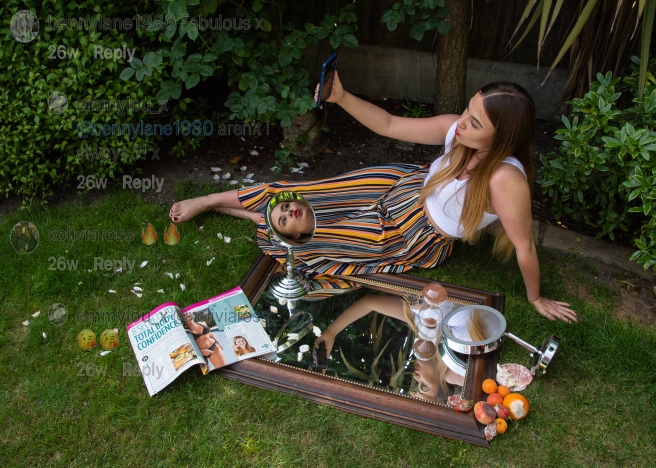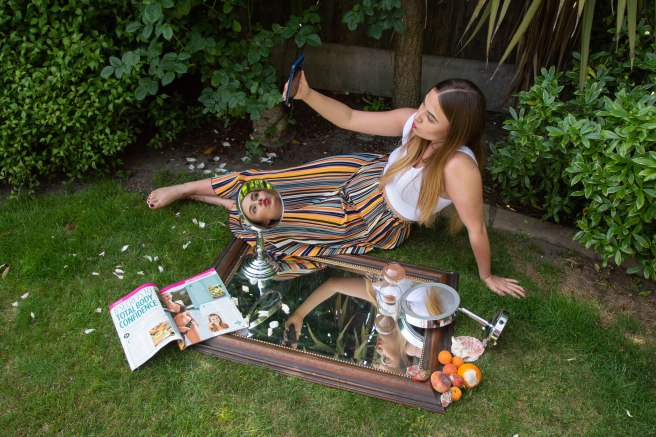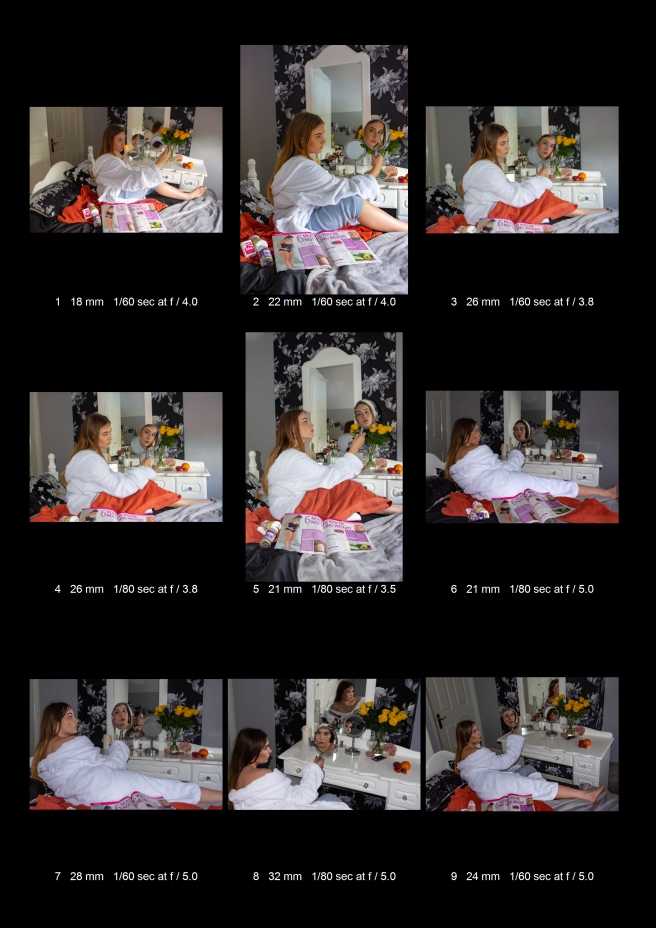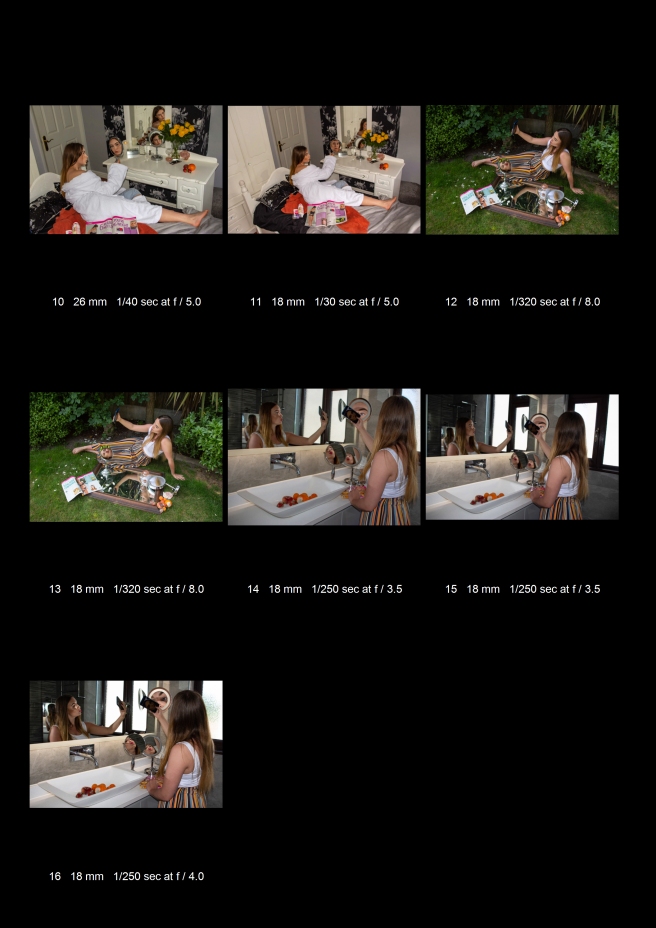Venus
Venus is the Roman goddess associated with love, beauty and fertility. Venus was considered to be without flaws, a perfect representation of beauty, in fact the planet Venus was named after her as after the moon it is the brightest natural object in the night sky and is bright enough to cast shadows on others. She is the Roman equivalent of the Greek goddess Aphrodite.
The word Venus means sexual desire in Latin but her name is also derived from the word venerari meaning to honour, to try to please.
The symbols / signs for Venus include roses (For love) and myrtle (considered an aphrodisiac; note that word starts with aphro!)
Aphrodite
Aphrodite was also the goddess of feminine beauty, sex, love, and grace, she is the goddess of desire who rose naked from the sea. It has also been thought that she is an androgynous deity , the combination of Hermes (One of her many lovers) and Aphrodite = ‘ hermaphrodite’. The translation of her name means ‘Foam born’ she was born of the sea and rose from the foam on a scallop shell (As in Botticelli’s painting).
She epitomises social charm, in fact if she was in the modern-day her social network would be vast, so many admirers and invitations. She is unself-conscious and celebrates her beauty and the beauty of others, she had both male and female lovers, illustrated by kissing cowry shells, representing female anatomy. The fact that she was born fully grown tells us that in order to be like her and to be uninhibited we need to be fully mature, her quest is for the ‘perfect’ lover and she uses glamour and beauty to seduce.
Aphrodite’s sacred tree is the Myrtle tree, much like Venus’ and her symbol is a scallop shell, other symbols that have been associated with her are the poppy, rose and apple as well as birds such as the Swan, Swallow, Sparrow and Dove. Other references to Aphrodite link her with the goddess of ‘Death in Life’, Apostrophia ‘She who turns away’ , the postponer of old age.
She had magical powers of transformation that could cause both gods and mortals to do as she bid them. She cast spells which resulted in mortals and deities falling in love but she is also known to have had a cruel streak, proving that beauty is only skin deep.
Narcissus
Narcissus was the son of Cephisus and Lyriope, he was known for his beauty and was loved by Apollo (Sister of Aphrodite). There are various versions of the story of Narcissus (Both Greek and Roman).
In the Greek version a young man fell in love with Narcissus. This young man was spurned by Narcissus and he killed himself at Narcissus’ doorstep praying to the gods to teach Narcissus a lesson.
Narcissus was then walking by a lake one day and decided to drink some water, he saw his reflection in the water and was surprised by the beauty he saw, he fell in love with his own reflection. As much as he tried he could not obtain the object of his desire and died at the bank of the lake from sorrow.
In the Roman version Narcissus parents were worried about the extraordinary beauty of their child and asked a prophet what to do. The prophet told them that the boy would grow old as long as he didn’t get to know himself. When Narcissus was sixteen he was walking in the woods and Echo saw him and fell madly in love with him. She started to follow Narcissus and he asked ‘Who’s there?’ , feeling that someone was following him. Echo responded ‘Who’s there?’ and that continued for some time until Echo decided to show herself. She tried to embrace him but Narcissus stepped away telling her to leave him alone. Echo was heartbroken at being spurned and spent the rest of her life in glens until nothing but an echo sound remained of her. Nemesis, the goddess of revenge, heard the story and decided Narcissus should be punished. Narcissus then sees himself in a pond and falls in love, once he realises that this love can never be real he kills himself.



























